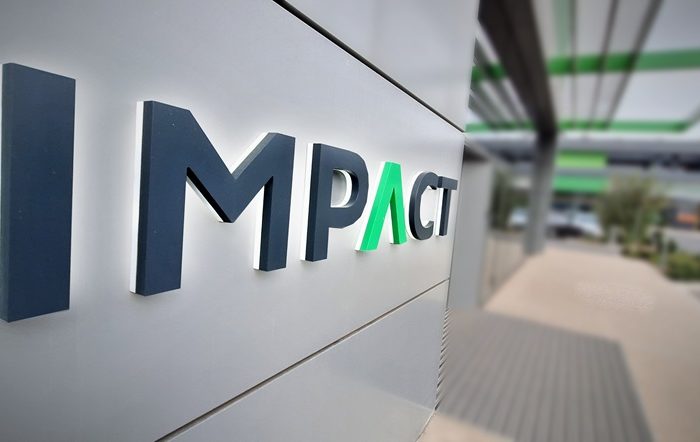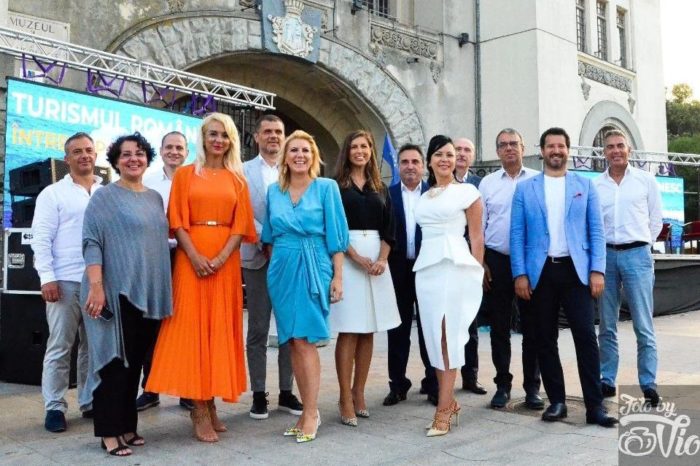Modern industrial stock in Romania has exceeded 5.4 million sqm in H1 2021: Avison Young

With close to 200,000 sqm of class A industrial supply delivered in the first half of 2021, the modern industrial stock in Romania exceeded 5.4 million sqm, according to a recent Avison Young report. Bucharest attracted less than half of the deliveries due to the appetite of developers and tenant companies to expand their operations to secondary and tertiary cities, in order to cover more territory in terms of distribution.
“The industrial developers have plans to deliver another 450,000 sqm of class A logistic space by the end of 2021, which will mean that 2021 will probably be just as prolific as the previous two years, continuing the impressive growth trend. This evolution should be in line with the last few years. For example, in 2020, two thirds of the deliveries of new stock occurred in the second half of the year. The developers appear to continue to secure plots of land for development,” said Iuliana Busca, Head of Industrial Agency at Avison Young.
The recent increase in construction materials costs will translate into less speculative deliveries – as developers do not wish to spend the extra cost without the certainty that it will be recouped via rent. This may push some of the delivery plans to 2022, Avison Young’s experts explain. The pipeline for the rest of 2021 is still concentrated in the Bucharest area, but Timisoara will also attract an important share.
During the first half of 2021, there were approximately 350,000 sqm of modern industrial and logistic space leased, which equates to the first half of 2020, when approximately 340,000 sqm were leased, according to the Avison Young report.
The demand coming from manufacturing activities registered a surge in the first half of 2021, as well as from retail – from 13 percent in 2020, to 18 percent in the first half of 2021. As expected, the demand from eCommerce is increasing exponentially – from about 3 percent in 2020 to 9 percent in H1 2021, the Avison Young report shows.
“Generally, there is an appetite for expansion coming from existing tenant companies, as well as international companies, especially eCommerce, looking to enter the Romanian market and establish regional distribution centres locally,” explained Laurentiu Duica, Senior Vice President at Avison Young.
Bucharest attracted 66 percent of the demand in H1 2021, a decrease from the 72 percent in 2020. Deva, Timisoara and Pitești also attracted significant demand.
In terms of vacancy, the decrease in speculative developments translates into tightening of the gap between supply and demand, which, together with the fact that developers are looking to fill up the existing buildings, result in a downward pressure on the vacancy rate, which is now on a descending trend. Overall vacancy in Romania is at 6.0 percent, while vacancy in Bucharest has reached 7.1 percent, the Avison Young report shows.














